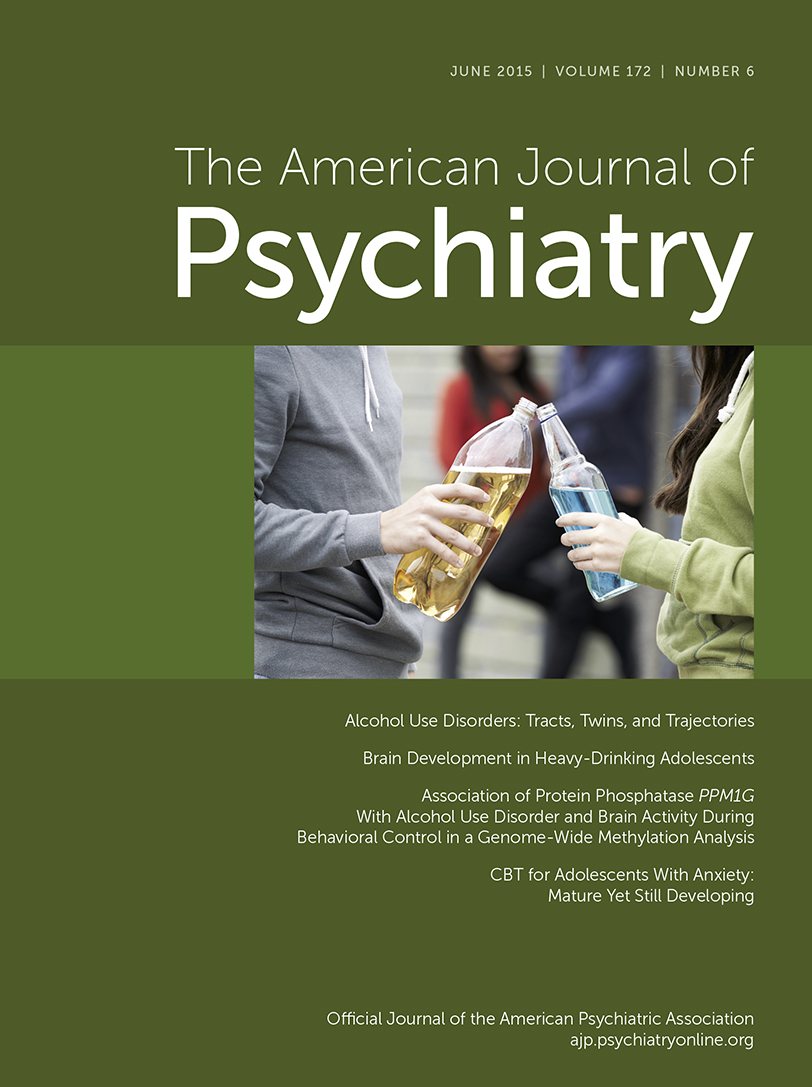Cerebral Small Vessel Disease and Association With Higher Incidence of Depressive Symptoms in a General Elderly Population: The AGES-Reykjavik Study
Abstract
Objective:
The vascular depression hypothesis postulates that cerebral small vessel disease (CSVD) leads to depressive symptoms by disruption of brain structures involved in mood regulation. However, longitudinal data on the association between CSVD and depressive symptoms are scarce. The authors investigated the association between CSVD and incident depressive symptoms.
Method:
Longitudinal data were taken from the Age, Gene/Environment Susceptibility-Reykjavik Study of 1,949 participants free of dementia and without baseline depressive symptoms (mean age: 74.6 years [SD=4.6]; women, 56.6%). MRI markers of CSVD, detected at baseline (2002–2006) and follow-up (2007–2011), included white matter hyperintensity volume, subcortical infarcts, cerebral microbleeds, Virchow-Robin spaces, and total brain parenchyma volume. Incident depressive symptoms were defined by a score ≥6 on the 15-item Geriatric Depression Scale and/or use of antidepressant medication.
Results:
Depressive symptoms occurred in 10.1% of the participants. The association for a greater onset of depressive symptoms was significant for participants with 1 standard deviation increase in white matter hyperintensity volume over time, new subcortical infarcts, new Virchow-Robin spaces, 1 standard deviation lower total brain volume at baseline, and 1 standard deviation decreased total brain volume over time, after adjustments for cognitive function and sociodemographic and cardiovascular factors. Results were qualitatively similar when change in the Geriatric Depression Scale score over time was used as the outcome instead of incident depressive symptoms.
Conclusions:
Most markers of progression of CSVD over time and some markers of baseline CSVD are associated with concurrently developing new depressive symptoms. These findings support the vascular depression hypothesis.



